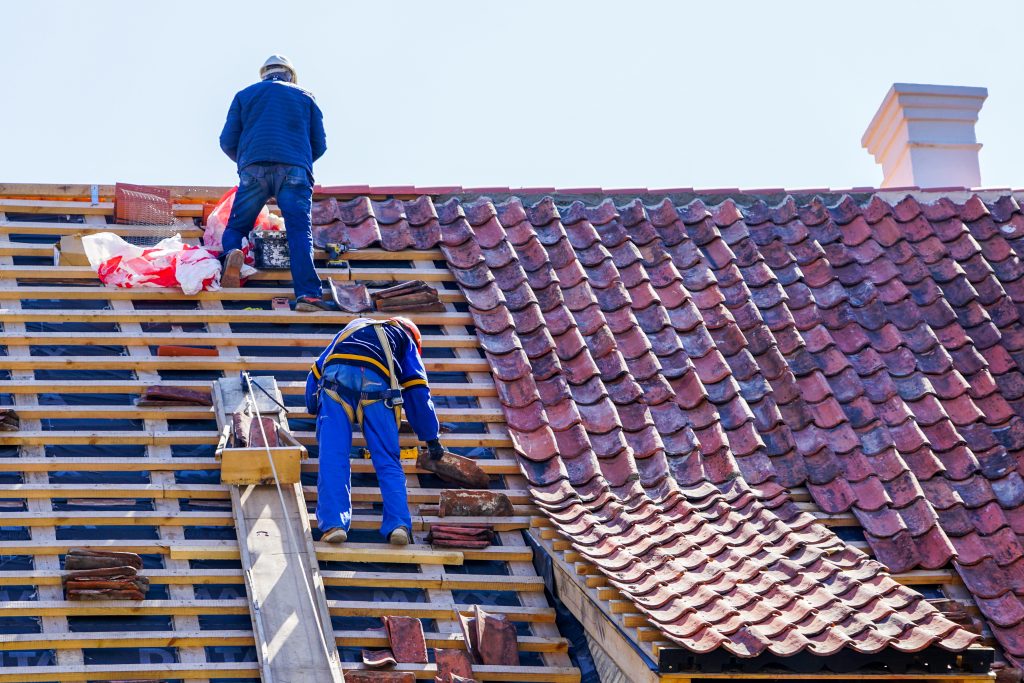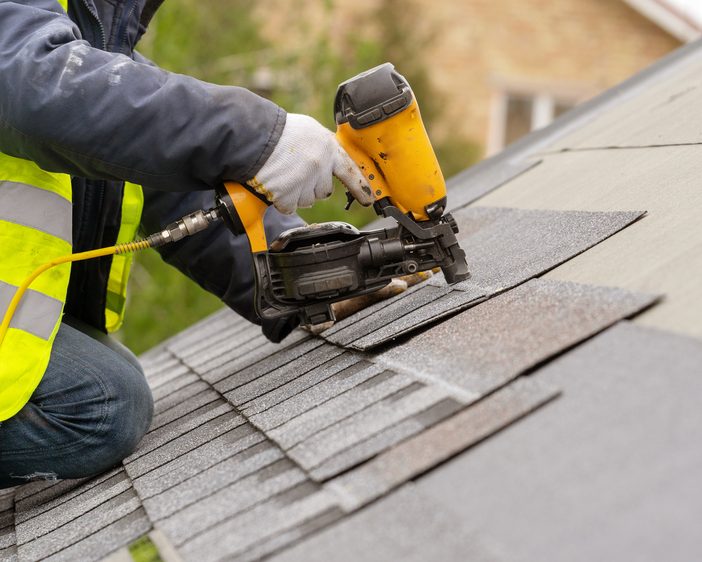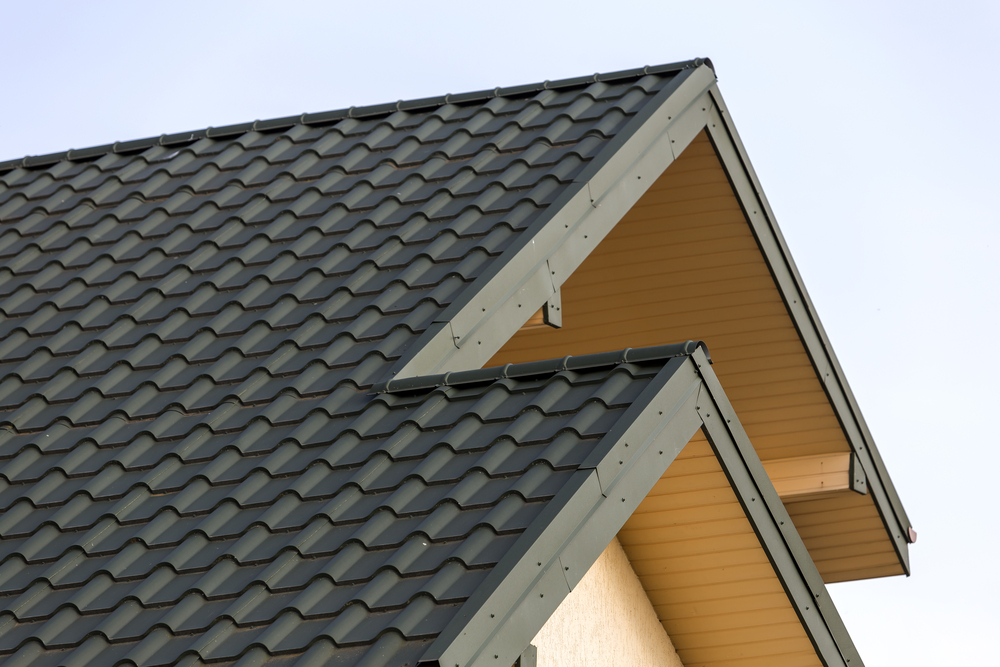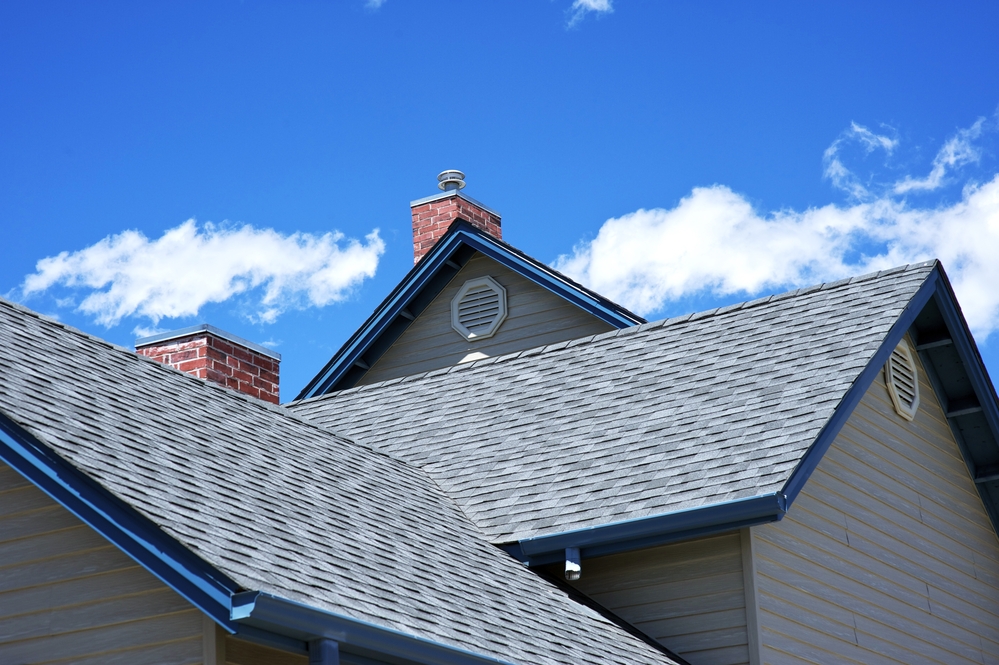In times of economic uncertainty, replacing an aged or decaying roof is not always a viable option, regardless of the state of the roof, sometimes the savings are just not there. We know that the water must be stopped and the interior linings and fittings of the building must be protected. Generally short term repairing of the roof becomes an attractive alternative to re-covering or replacing the existing covering. However, there are some things to think about before trying to repair the roof.
One approach is to call a roofing contractor to repair the leaks. It is advisable to use an experienced and recommmended roofing contractor to repair the leaks and decay properly. You need to give the contractor some direction as to what you want done and your long term plans for the building to ensure they do an appropriate repair. Taking short cuts though can have repairs that are just not good enough or may be the wrong fix entirely.
A roof consulting architect or engineer can then tell you what can be repaired, and then give a professional opinion of what the construction costs will probably be incurred, both for the repairs and the cost to replace it entirely. The consultant can find the problems that may seem small but can become major if left without repair. It is essential to ensure that leaks are really coming from the roof. Not all leaks come from the roof covering or membrane. They can be a result of problems with parapet walls, windows, rooftop mechanical units, plumbing, guttering or some other source that disguise themselves as a roof leak. Once these have all been eliminated as the source of leaks. It is a good idea to walk the rest of the roof to look for possible membrane leak locations.
In general, most leaks occur at penetration and flashings, rather than the open space of the roof coverage. Look carefully for cracks, scrapes, blisters, punctures or cuts in the membrane as these can be sources of roof leaks also.
Popular Roof shapes:
• Flat • Mono-pitched roofs • Pent roof • Multi-pitched roofs • Karahafu • Hidden roof • Hip, hipped • Mansard (French roof) • East Asian hip-and-gable roof • Mokoshi • Arched roof • Hyperbolic • Pyramidal • Circular
Cross hipped roof – Similar to putting two hipped roof buildings together. Where the two roof sections meet forms a seam called a valley.


Shed roof – (often called a lean-to) is typically a single roof face that slopes down the entirety of the structure or structure addition. It is a generally the cheapest and easiest roof to build. This roof type is associated with home additions, sheds, and porches. Porches may have open sides, whereas home additions and sheds will usually be fully enclosed.
Bonnet roofs – One of the least common roofs and are sometimes referred to as “kicked eaves” roof. Kicked eaves are considered a “roof enhancement” creating a visor effect to the house. Could be considered a modified hip roof style. Usually found in French Vernacular architecture bonnet roofs have two slopes on all four sides of a structure. It is essentially the opposite a mansard roof in that its upper slope is steeper than the bottom slope. The bottom slope often hangs over the house to cover an open sided porch and provide shelter from the sun or rain.
Saltbox Roof – Most similar to a gable roof, the saltbox style rose from a need to create more space for cramped colonial houses. Early Americans looking for an efficient way to add space to a home soon realized that adding a one story lean-to (or shed roof) to the back of a 1 1/2 or 2 story house saved materials and cost. The earliest examples of saltbox houses will sometimes show evidence of the addition by having a second “lean-to chimney/fireplace” or by changing the roof line (slope) on the addition to allow enough height for a useable ceiling. Eventually, the addition became so commonplace the lean-to was simply added into the original design of the house.
Gable Roof – Gable roof designs are one of the more simple styles when it comes to roofs. The gable roof style looks like an inverted/upside down V. Gable roofs are not ideal for areas with high wind because they easily can catch the wind much like a sail would.
Cross gabled roof – Simply two gable roof sections put together at a right angle. The two ridges formed by these gable roofs are typically perpendicular to each other. Lengths, pitches, and heights may or may not defer from each other. Often used for Tudor and Cape Cod style houses.
Hip Roof – Hip roofs are a common residential style roof. This type of roof is more difficult to construct when compared to flat roofs and gable roofs because they have a more complicated truss and rafter structure. A hip roof style roof has four sloping sides with zero vertical roof lines/walls. Hip roofs can be both square and rectangular.
Flat Roof – Flat roofs are common especially with commercial buildings. Flat roofs are definitely the simplest roof to build because they have little to no pitch. The most common types of roofing systems used with flat roofs are rubber roofing systems.
Gambrel Roof – The best way to describe a gambrel roof is by saying barn roof. The gambrel style roof is most commonly used on barns. However, it is also used in residential construction. This type of roof has the benefit of providing a good amount of space in the attic. In fact, it provides so much extra space that it is often turned into bedrooms or other living areas.
Pyramid hip roof – Four equal triangular sides meet at a single point at the top of the roof.
Mansard Roof – The mansard roof is a French design and is more difficult to construct than the hip or gable roof.



